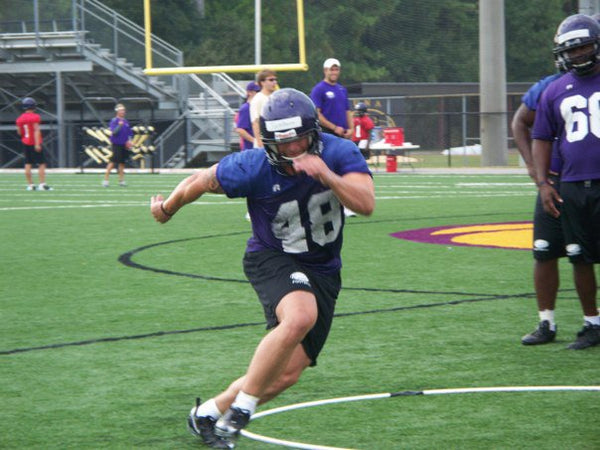Unveiling the Dynamics of Power in Athleticism
In the realm of athleticism, power stands as a beacon of prowess, distinguishing itself from strength as the ability to swiftly move heavy loads. While strength is the foundation, power is the catalyst that propels athletes to greatness.
Defined here as the capability to move heavy objects quickly, power is not solely about brute force. It encompasses the fusion of strength and speed, delivering explosive movements that dominate the field or arena. Whether on the track, field, or court, harnessing power is pivotal for athletic success.
Consider a sprinter exploding off the starting blocks or a basketball player launching from the free throw line for a dunk. These displays of power illustrate the fusion of strength and speed, showcasing the essence of athleticism.
In crafting training routines, it's imperative to recognize the distinction between strength and power. While building a solid foundation of strength is crucial, true athletic prowess arises from the cultivation of power once the athlete already has the required strength base. Incorporating speed and agility drills are crucial, but the future of athletics lies in plyometric power development and ballistic workouts along with strength training, ensuring a much more well-rounded approach to athletic development.
Moreover, understanding the dynamics of power underscores the importance of training specifically for power. This means incorporating exercise movements conducting with high velocity as the objective and resistance varying based on the ability of the athlete. Power specific workouts should only be conducted once or twice a week at most, with low sets, low reps, and long rest times as part of an overall training regimen.
In essence, power serves as the cornerstone of athleticism, bridging the gap between strength and agility. By prioritizing power development in workout programming, athletes unlock their full potential, propelling themselves to new heights of performance and success.



